Latest News
Amazon Developing Smart Glasses to Streamline Deliveries for Drivers!
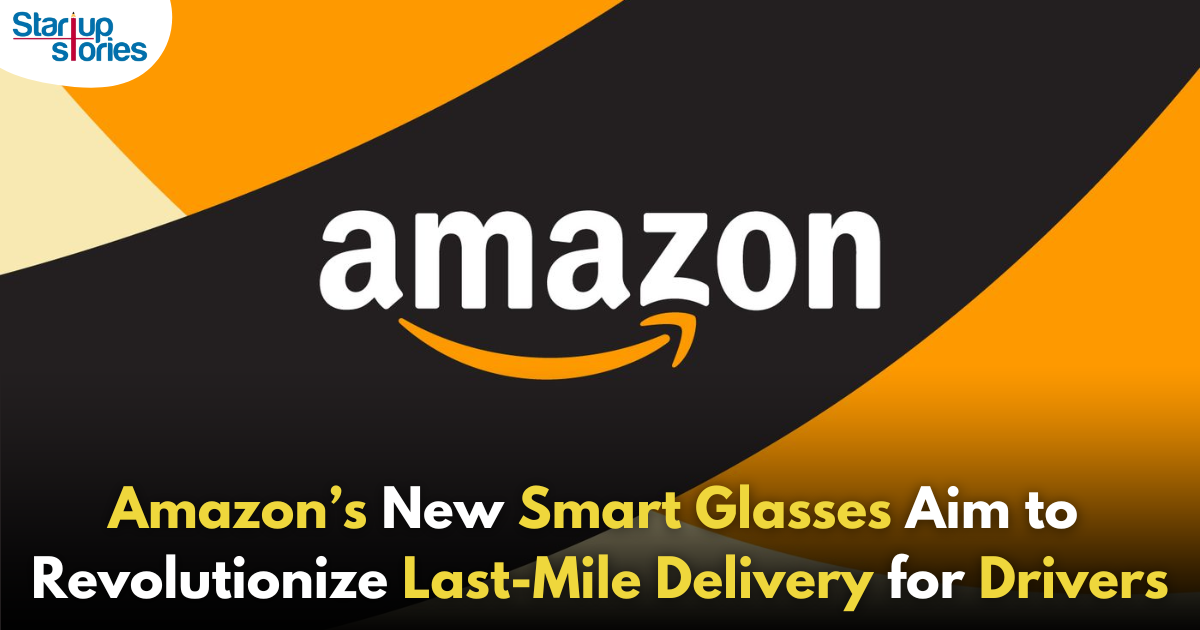
Amazon is making strides in enhancing its delivery operations with the development of smart glasses designed specifically for its delivery drivers. These innovative glasses, internally code-named “Amelia,” aim to provide real-time navigation assistance, helping drivers locate delivery spots more efficiently. According to a report by Reuters, this initiative represents a significant step towards optimizing the last mile of Amazon’s delivery process.
Key Features of the Amelia Smart Glasses
The Amelia glasses are engineered to display step-by-step navigation instructions on a small embedded screen, guiding drivers through neighborhoods and complex areas, such as apartment buildings. Key features include:
- Turn-by-Turn Navigation: The glasses will provide visual directions directly on the lens, allowing drivers to navigate without needing handheld GPS devices.
- Obstacle Warnings: The smart glasses can alert drivers to potential obstacles, such as dogs or locked gates, enhancing safety during deliveries.
- Increased Package Capacity: By freeing up drivers’ hands from using GPS devices, the glasses enable them to carry more packages and potentially speed up delivery times.
Given Amazon’s extensive daily delivery operations, even small time savings per stop could lead to substantial productivity improvements.
Addressing Delivery Challenges
This development comes as part of Amazon’s broader strategy to reduce delivery costs amid rising competition from companies like Walmart, which is increasing incentives for its delivery drivers. The last leg of the delivery process—bringing packages directly to customers’ doorsteps—remains one of Amazon’s most complex and costly challenges. In the last quarter alone, Amazon’s delivery expenses surged to $23.5 billion, prompting the need for innovative solutions.
Technical Challenges Ahead
While the Amelia glasses promise to revolutionize delivery efficiency, significant technical hurdles remain. Amazon faces challenges in creating a battery that can last an entire eight-hour shift while keeping the glasses lightweight and comfortable for extended wear. Additionally, building detailed maps of neighborhoods and delivery sites is essential for the glasses to provide precise directions—a task that may take years to complete.
Convincing drivers to adopt the glasses could also pose a challenge. Some drivers may find them uncomfortable or distracting, particularly those who already wear prescription eyewear. Amazon may eventually require drivers—especially those working for third-party delivery services under contract with the company—to use these glasses.
Previous Attempts and Future Prospects
This isn’t Amazon’s first venture into smart eyewear; the company previously launched Echo Frames, which allowed users to listen to audio and control Alexa via voice commands. However, Echo Frames saw limited success, reportedly selling fewer than 10,000 units of the latest model—a figure Amazon disputes. The company is planning a new version of Echo Frames with a screen targeted for release by 2026.
The future of the Amelia smart glasses remains uncertain. If Amazon encounters insurmountable challenges with battery life or overall technology, the project could face delays or even cancellation. Nonetheless, these innovative glasses underscore Amazon’s commitment to leveraging technology to enhance delivery efficiency and maintain competitiveness in the fast-paced logistics market.
Conclusion
As Amazon continues to innovate in its logistics operations with the development of smart glasses for delivery drivers, it highlights the company’s focus on improving efficiency and reducing costs in a challenging market landscape. If successful, Amelia could significantly streamline the delivery process and set new standards for how logistics are managed in urban environments. As developments unfold, stakeholders will be keenly watching how this technology evolves and its potential impact on Amazon’s delivery ecosystem.
Latest News
Zerodha Reports 23% Profit Decline in FY25 as Revenues Miss Target
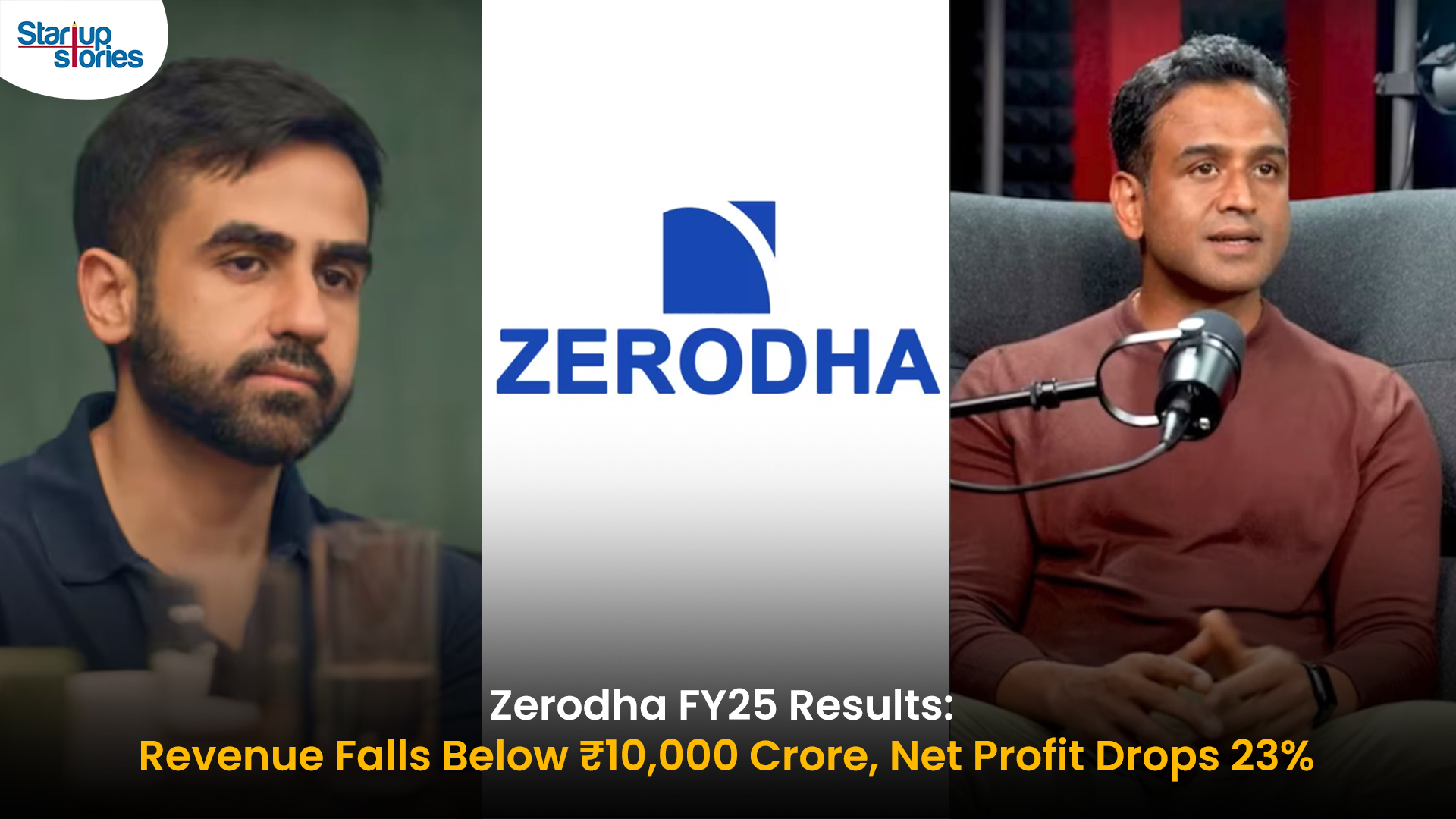
Zerodha experienced a challenging FY25, as its revenue fell 11.5% to ₹8,847 crore and net profit dropped 22.9% to ₹4,237 crore. This decline reflects tougher regulatory conditions, lower trading volumes, and increased operational costs in the brokerage market, all of which impacted core earning segments for the company.
Despite these headwinds, Zerodha improved its operating margin to 63.78% and built up significant cash reserves, reporting ₹22,679 crore in bank balances. Salary expenses and director remuneration increased, but disciplined cost controls helped the company maintain profitability and a debt-free balance sheet. The drop in active clients and increased compliance costs further contributed to the profit contraction.
Looking ahead, Zerodha’s resilience is supported by its robust cash position and operational efficiency. Maintaining steady margins, diversifying product offerings, and investing in technology positions the company to withstand future regulatory fluctuations and changing market sentiment reinforcing its status as one of India’s leading brokerage firms.
Latest News
Zoho Pay Debuts as India’s New UPI Challenger, Taking on PhonePe, Paytm, and Google Pay

Zoho Corporation has expanded its fintech portfolio with the launch of Zoho Pay, a UPI-based payments app built to challenge India’s top digital payment giants such as PhonePe, Paytm, and Google Pay. The new app supports peer-to-peer transfers, bill payments, QR-based transactions, and merchant settlements in a streamlined interface. Available as both a standalone app and an integrated feature inside Zoho’s privacy-driven messenger Arattai, Zoho Pay enables users to handle chats and payments in one platform, emphasizing data privacy and Made-in-India innovation.
Through seamless integration with Arattai, Zoho Pay allows users to send or request payments, split expenses, and conduct UPI-based transactions directly in their chat windows. Users can link bank accounts, scan dynamic QR codes, and receive audio confirmations of payments, ensuring speed and security. This design mirrors the simplicity of India’s leading UPI apps but is powered by Zoho’s non-advertising, privacy-first model. The integration aligns with Zoho’s mission to build a self-reliant digital ecosystem, where messaging and money management coexist securely.
In the competitive digital payments market, Zoho Pay differentiates itself through its tight business software integration with apps like Zoho Books, Zoho Payroll, and Zoho Commerce, offering small businesses unified access to payments, billing, and accounting. The company is also expanding its reach with POS devices for merchants featuring UPI QR, card payments, and instant reconciliation tools. With founder Sridhar Vembu’s vision of a ‘Chat + Pay’ ecosystem, Zoho Pay reflects a bold step toward redefining India’s fintech scene with a secure, ad-free, and locally developed alternative to global payment platforms.
Latest News
Meta Expands AI-Powered Reels Translation to Hindi and Portuguese, Enhancing Global Creator Reach
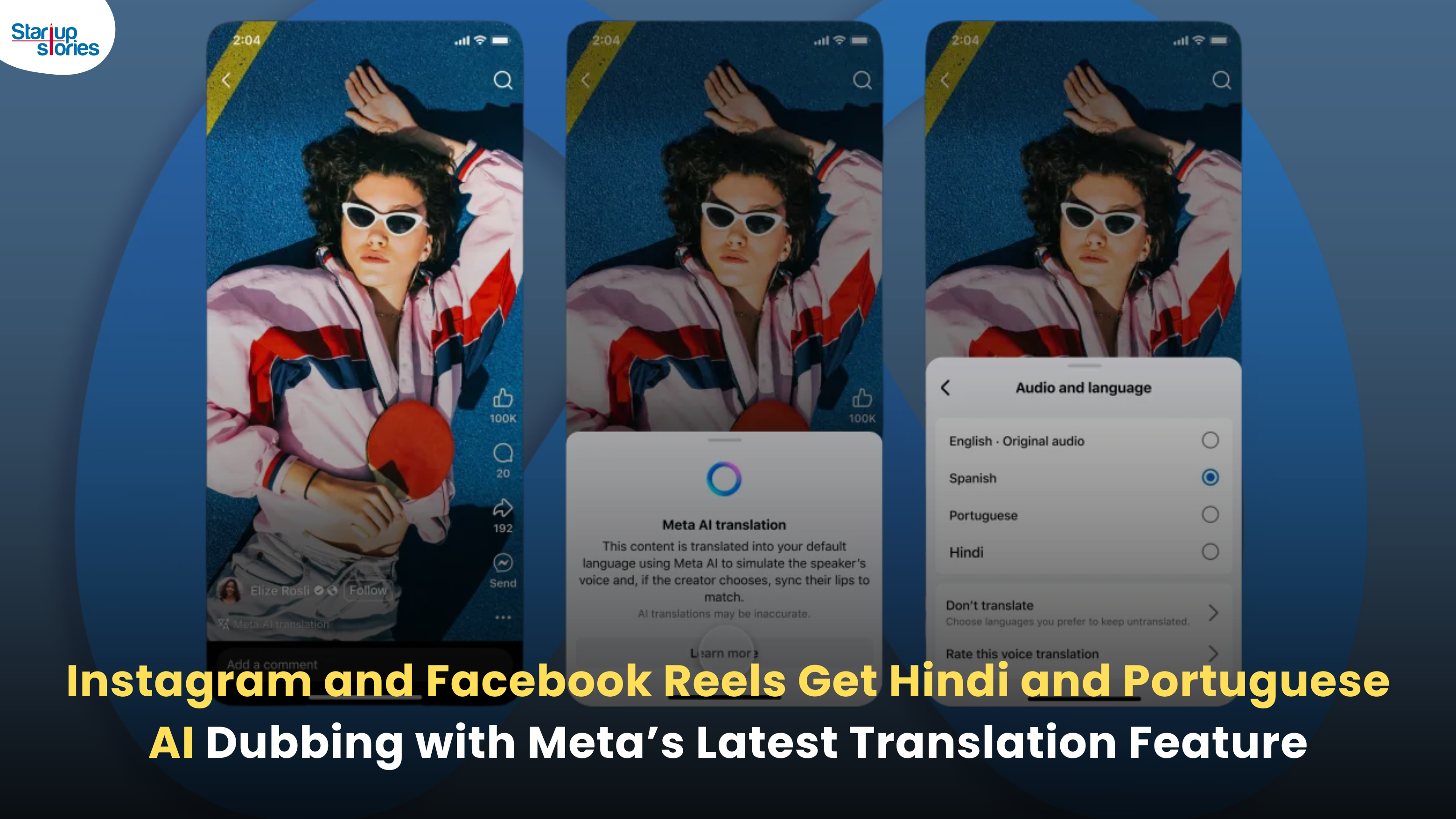
Meta has expanded its AI-powered translation feature for Reels to include Hindi and Portuguese, joining English and Spanish in empowering creators to reach a broader global audience on Instagram and Facebook. Originally launched in August 2025 with support for English and Spanish, this update now allows creators to seamlessly translate and dub their short videos, breaking language barriers across some of the largest Reels markets worldwide. The AI technology mimics the creator’s voice tone and even offers lip-syncing to ensure the translated videos feel natural and engaging for viewers.
This enhancement is especially significant for India, the largest market for Facebook and Instagram, where over 600 million people speak Hindi. Content creators who are not fluent in Hindi can now easily access this vast audience, increasing their reach and engagement across diverse linguistic groups. To maintain transparency, all translated Reels are clearly labeled with “Translated with Meta AI,” and viewers can choose to switch translations on or off based on their preference.
In addition to voice dubbing, Meta is developing features to translate captions and text stickers on Reels, making content more accessible even without sound. These AI translation tools are available free for eligible public Instagram accounts and Facebook creator profiles with over 1,000 followers. This innovation reinforces Meta’s commitment to fostering cross-cultural content sharing and enhancing creators’ ability to connect with audiences around the world through short-form videos.


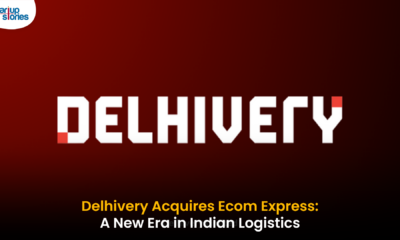



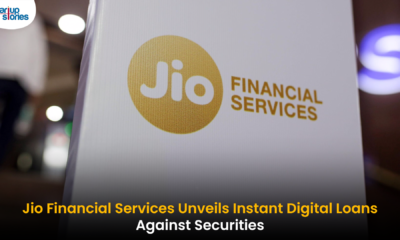







free binance account
May 16, 2025 at 6:48 am
Can you be more specific about the content of your article? After reading it, I still have some doubts. Hope you can help me.
Lmpyxyzz
May 27, 2025 at 4:14 am
Explore the ranked best online casinos of 2025. Compare bonuses, game selections, and trustworthiness of top platforms for secure and rewarding gameplaycasino slot machine.
Index Home
July 10, 2025 at 11:43 am
Thank you, your article surprised me, there is such an excellent point of view. Thank you for sharing, I learned a lot.
MM88
November 6, 2025 at 2:02 am
Với giao diện mượt mà và ưu đãi hấp dẫn, MM88 là lựa chọn lý tưởng cho các tín đồ giải trí trực tuyến.
iwin
November 7, 2025 at 6:10 pm
iwin – nền tảng game bài đổi thưởng uy tín, nơi bạn có thể thử vận may và tận hưởng nhiều tựa game hấp
谷歌站群
November 10, 2025 at 3:48 am
专业构建与管理谷歌站群网络,助力品牌实现全域流量的强势增长。谷歌站群
MM88
November 10, 2025 at 11:53 am
Khám phá thế giới giải trí trực tuyến đỉnh cao tại MM88, nơi mang đến những trải nghiệm cá cược thể thao và casino sống động.
GO88
November 13, 2025 at 9:11 pm
Tham gia cộng đồng game thủ tại Go88 để trải nghiệm các trò chơi bài, poker phổ biến nhất hiện nay.
Kuwin
November 20, 2025 at 8:34 am
kuwin sở hữu kho game đa dạng từ slot đến trò chơi bài đổi thưởng, mang đến cho bạn những giây phút giải trí tuyệt vời.
J88
November 20, 2025 at 9:34 pm
Đến với J88, bạn sẽ được trải nghiệm dịch vụ cá cược chuyên nghiệp cùng hàng ngàn sự kiện khuyến mãi độc quyền.